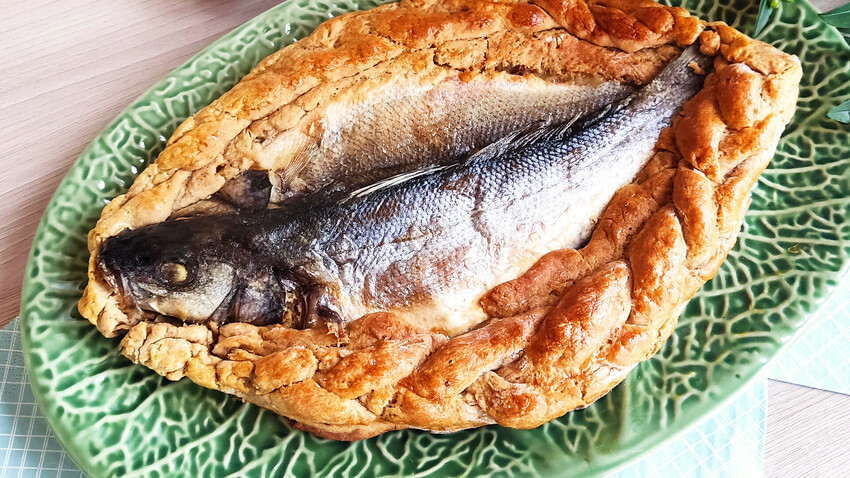
From Russia's northern rivers to your plate: enjoy the authentic flavors of this easy-to-cook fish pie.
Olga BrovkinaRussia has a diverse range of dishes that are unique to the country’s various regions. One such dish is Cherinyan, a traditional pie of the Komi-Zyryan people, or simply the Komi. In the Komi language, "cheri" means "fish", and "nyan" means "bread".
The Komi have been living in the northern parts of Russia for many centuries, and their cuisine is heavily influenced by the region's climate and natural resources. The mighty rivers of the Russian North have always been rich in fish; so fish pies have taken pride of place in the local cuisine.
The history of Cherinyan can be traced back to the 18th century when the Komi people started baking fish pies using yeast dough. The dish gained popularity due to its unique preparation method, where an entirely gutted fish is laid out on the rolled layer of dough. The edges of the dough are then lifted up and slightly pinched, leaving the filling half open. This method not only adds to the dish’s aesthetics but also allows the dough to play two roles at once — as a baking dish and its side dish.
Traditionally, the dough for Cherinyan is made using a mixture of wheat and rye flour. The fish that’s used as filling is typically a whole gutted fish (zander, pike, perch) that’s seasoned with salt and pepper before being baked in the dough. However, modern versions of Cherinyan allow the use of fish filet as a filling.
Cherinyan is often served during celebrations and family gatherings, and it's a way of bringing people together for a sociable feast. The dish is also believed to bring good luck, and it's customary to serve it to guests as a sign of hospitality.
The dish requires only a handful of ingredients; although if desired, grits, herbs, eggs, and onions can be added to the recipe. Since it’s easy to prepare, making Cherinyan is the perfect meal for busy weeknights or lazy weekends.
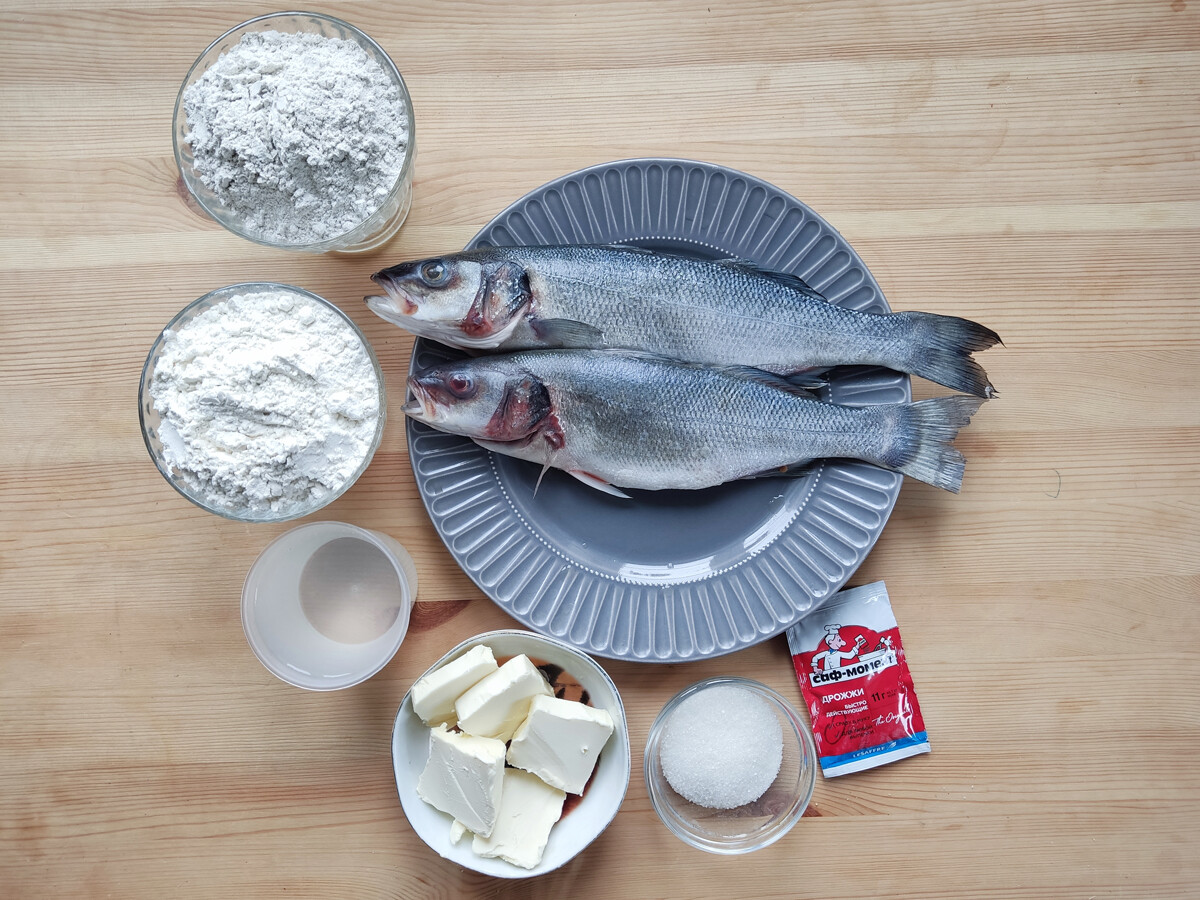
1. Take approximately 1 cup of slightly warmed water, dissolve a tablespoon of sugar, salt and yeast.
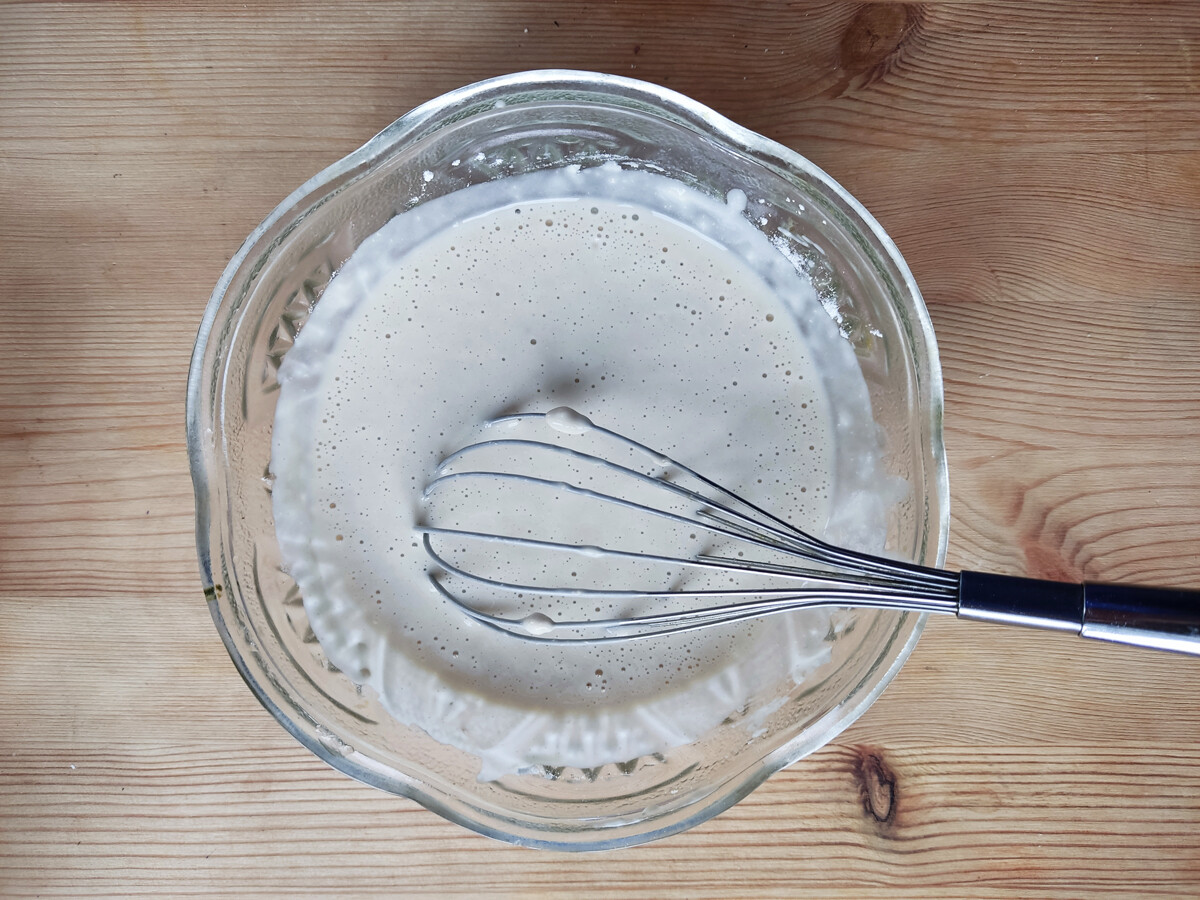
2. In a separate bowl, sift the flour, add sugar and water.

3. Then add the yeast mixture to the contents, stirring constantly until smooth.
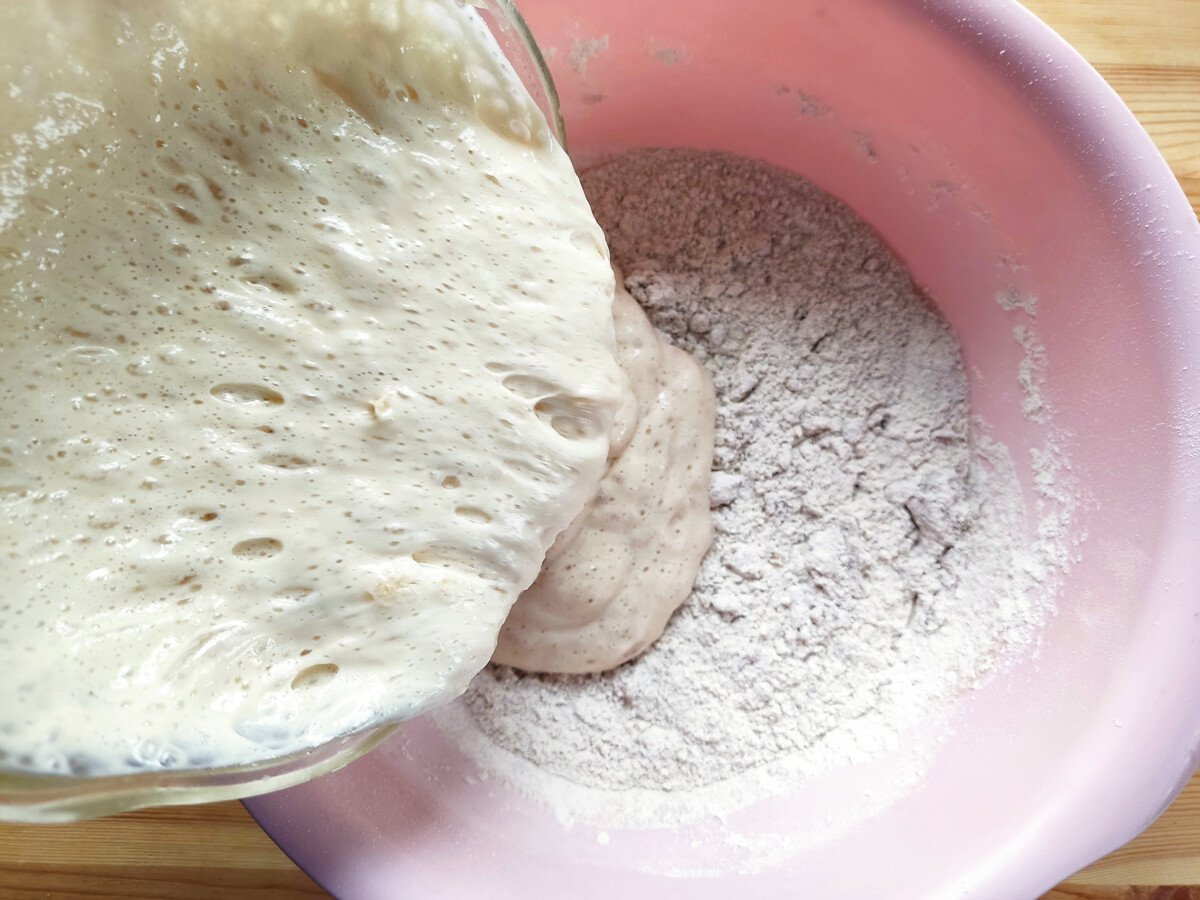
4. After that, add the melted butter to your dough.
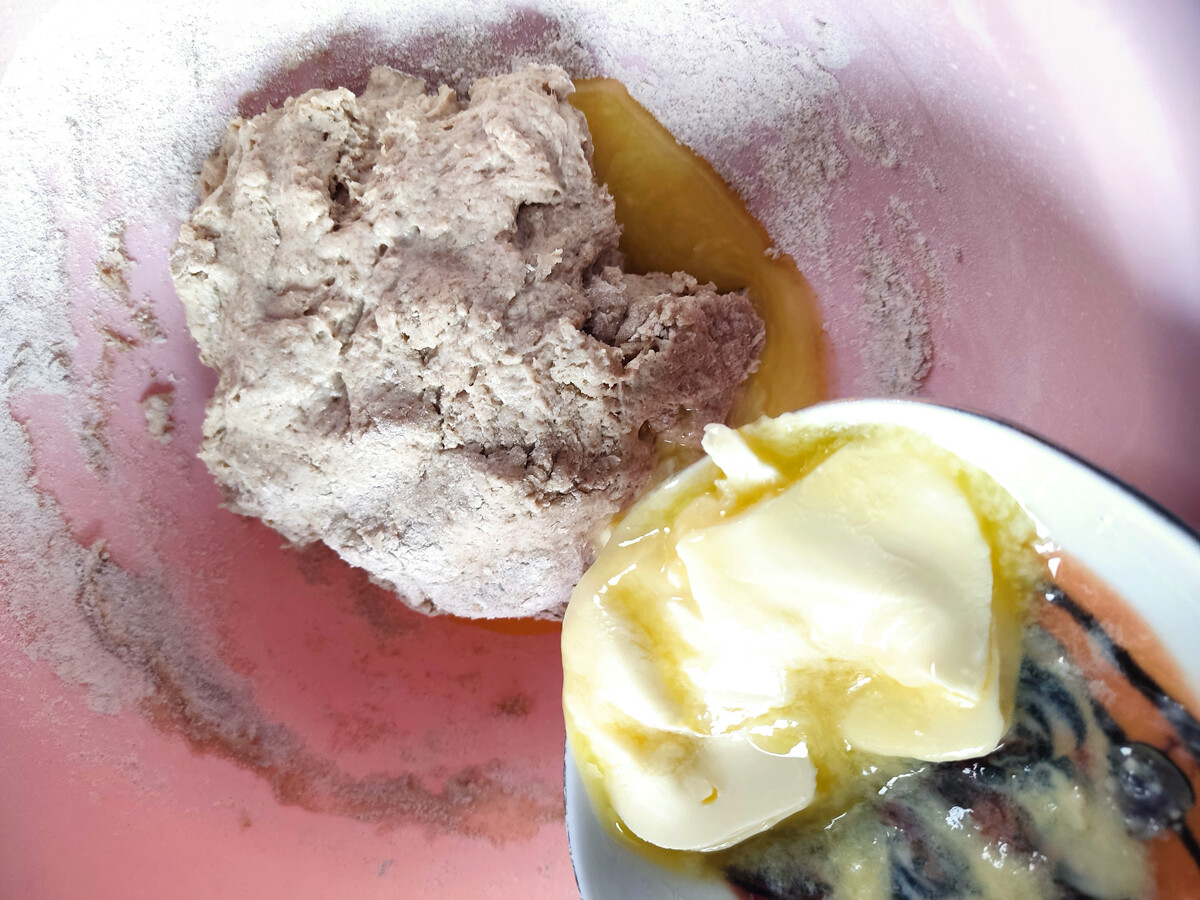
5. Carefully knead the dough.
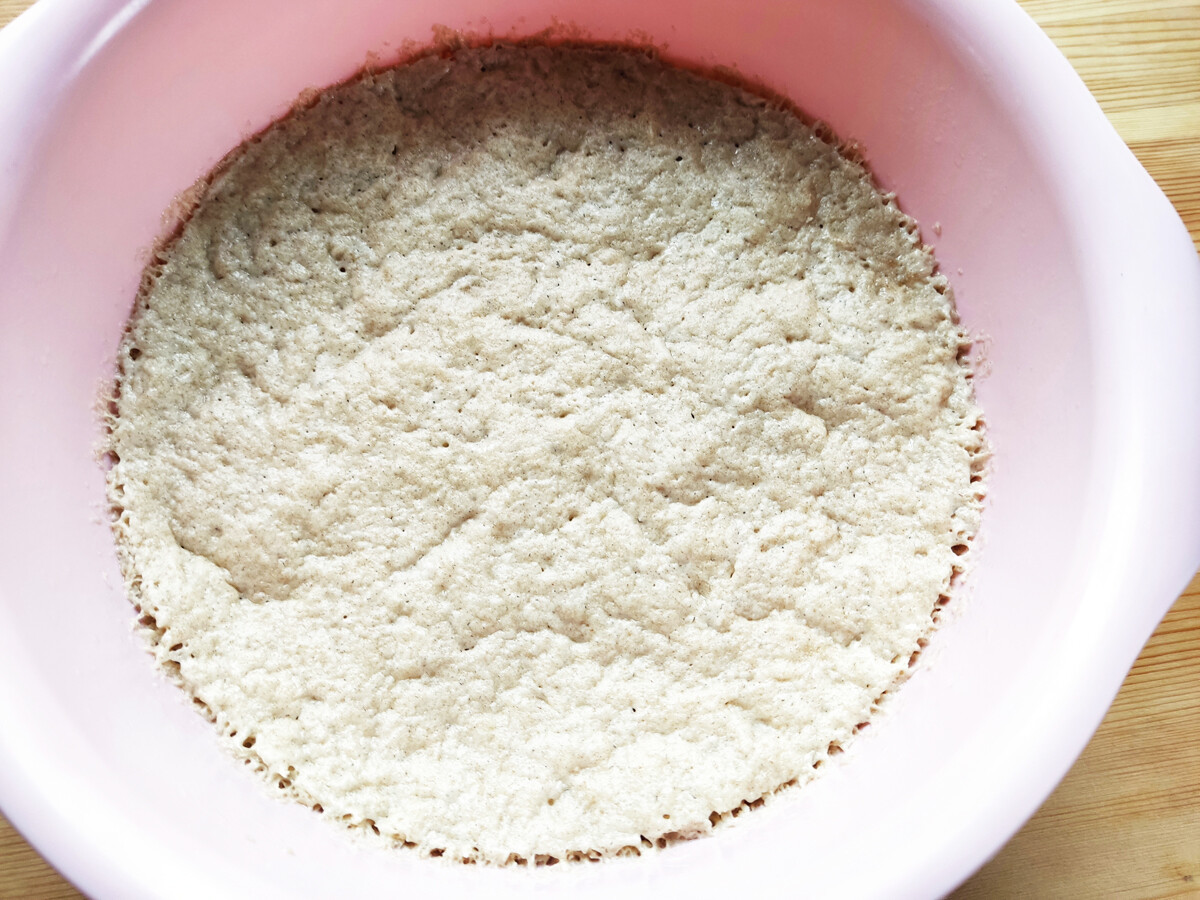
6. Now, the dough should sit and rise for 3-4 hours in a warm place.
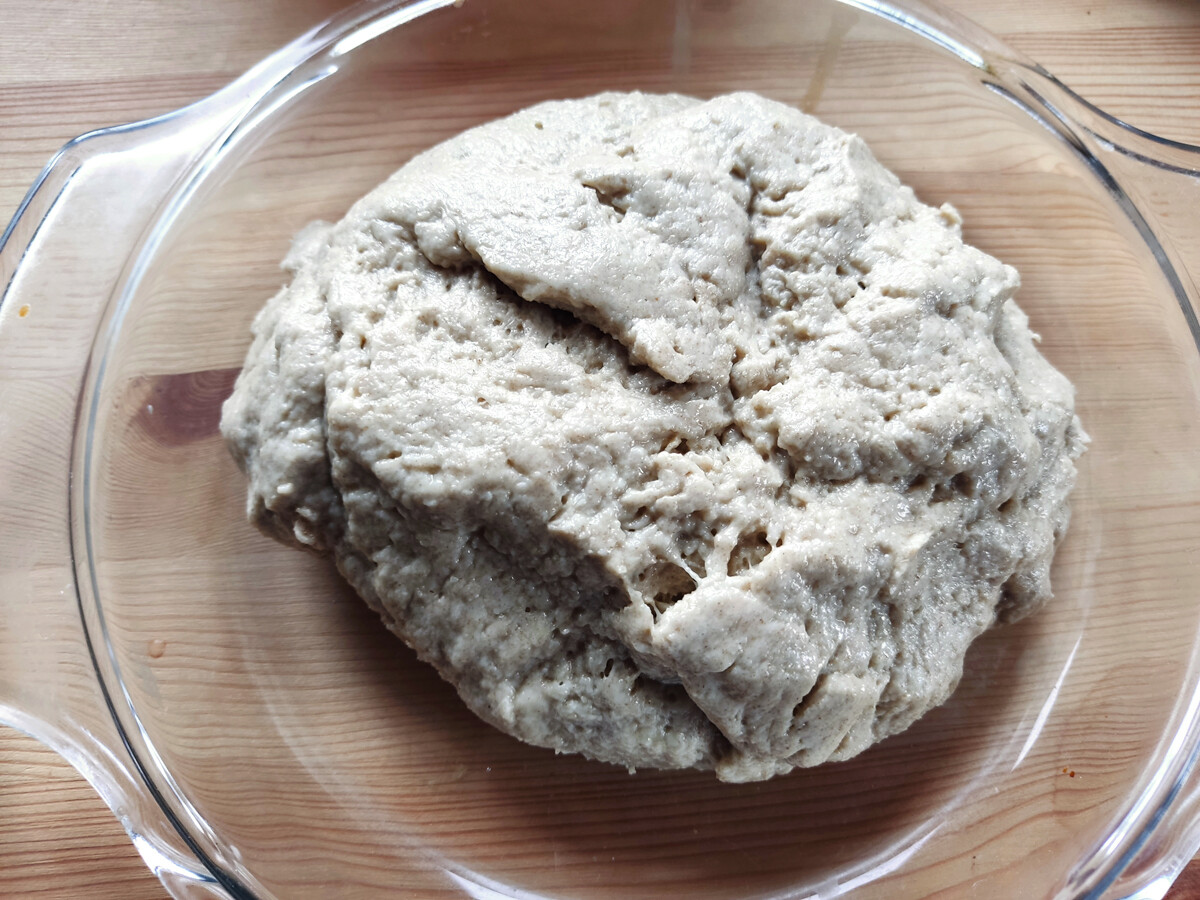
7. While the dough is rising, take you time and peel the fish from the scales and insides.

8. When the dough is ready, lubricate the baking sheet with oil if necessary and put the rolled and prepared dough into it.
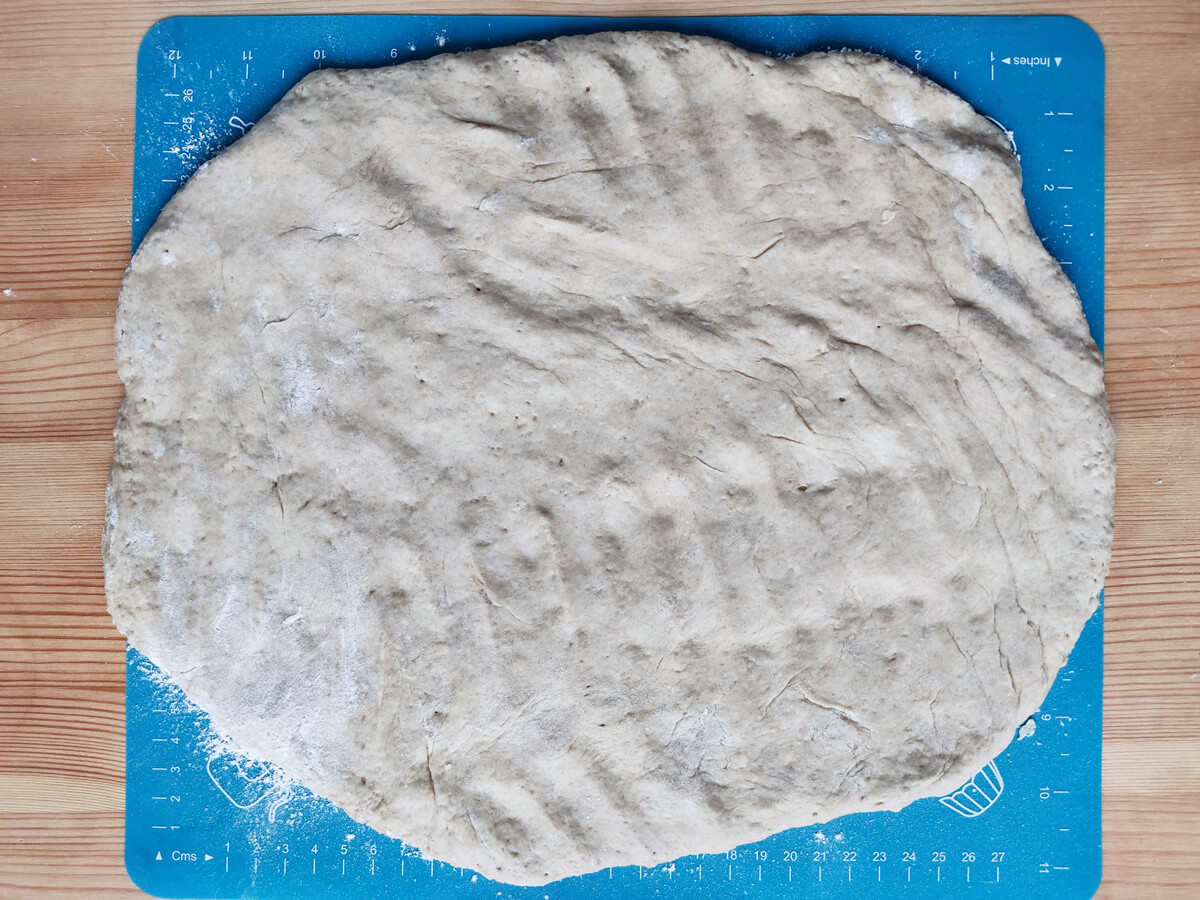
9. In the middle of the dough, put the fish.
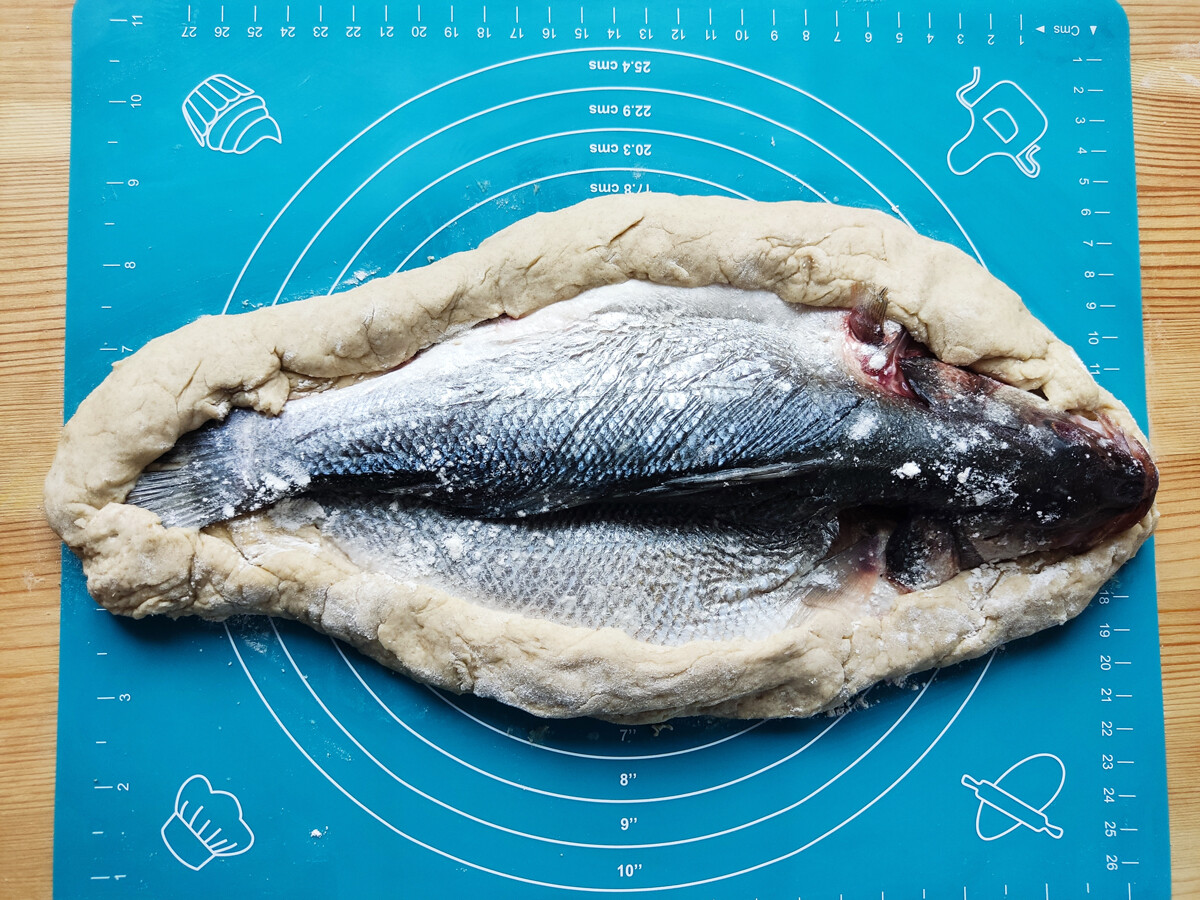
10. Grease the fish with a small amount of melted butter. Now, with the remaining dough make the edges, with the fish still visible.

11. Bake the pie in the oven, at a temperature of 180℃, for about 40 minutes until golden brown. Enjoy!
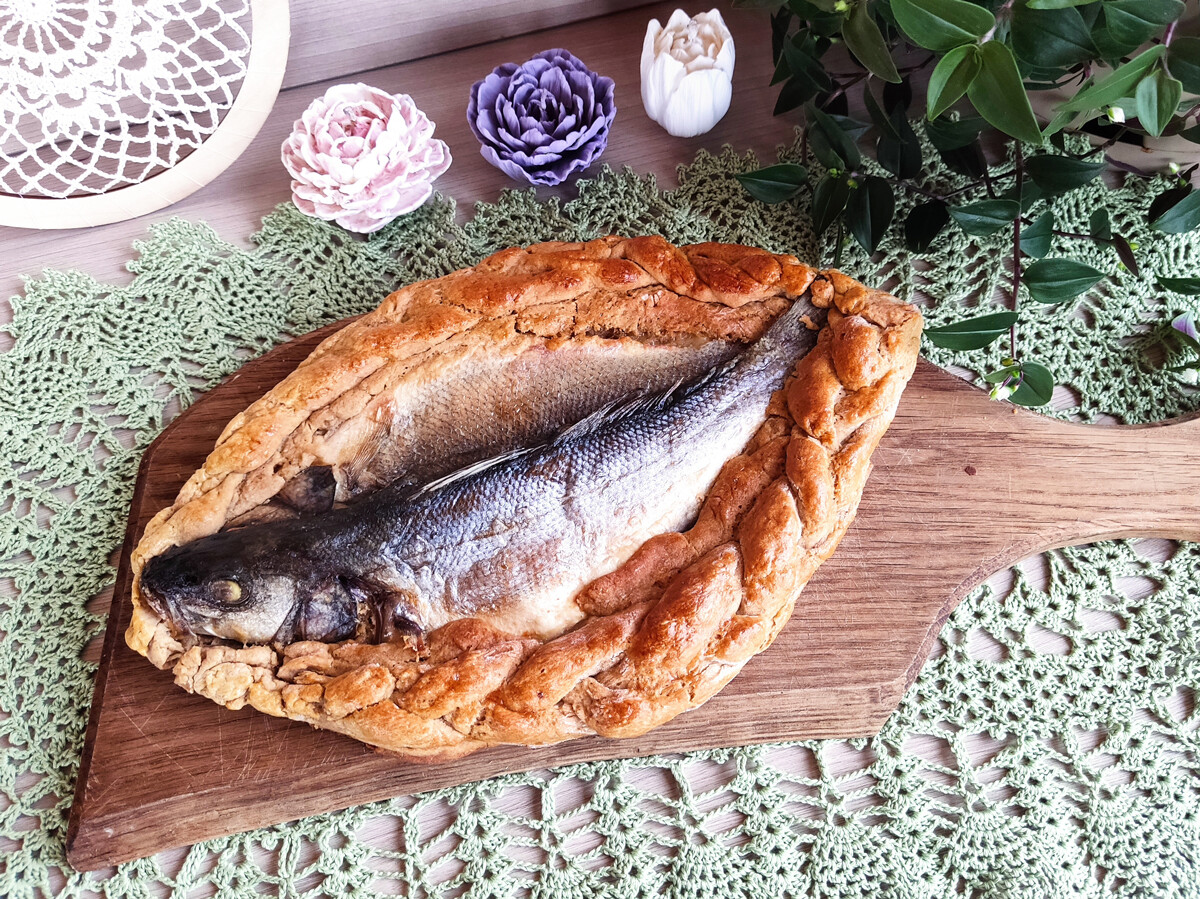
Dear readers,
Our website and social media accounts are under threat of being restricted or banned, due to the current circumstances. So, to keep up with our latest content, simply do the following:
Subscribe to our Telegram channels: Russia Beyond and The Russian Kitchen
Subscribe to our weekly email newsletter
Enable push notifications on our website
Install a VPN service on your computer and/or phone to have access to our website, even if it is blocked in your country
If using any of Russia Beyond's content, partly or in full, always provide an active hyperlink to the original material.
Subscribe
to our newsletter!
Get the week's best stories straight to your inbox